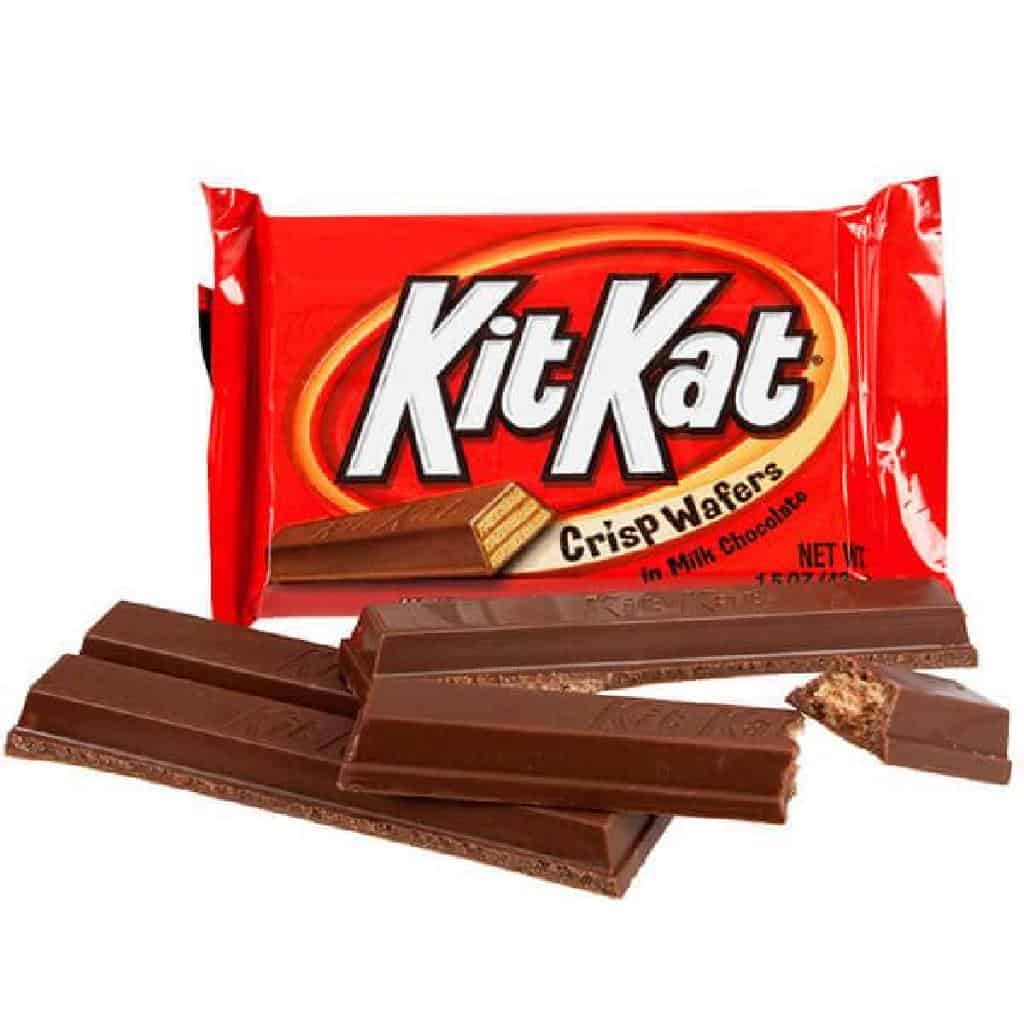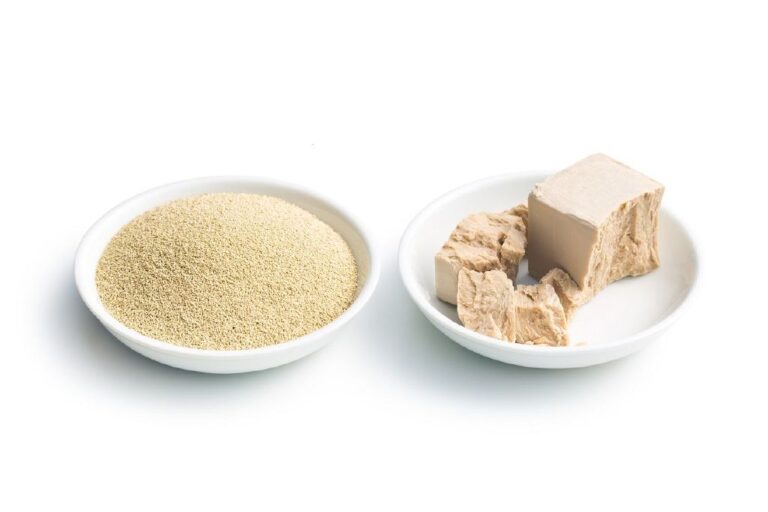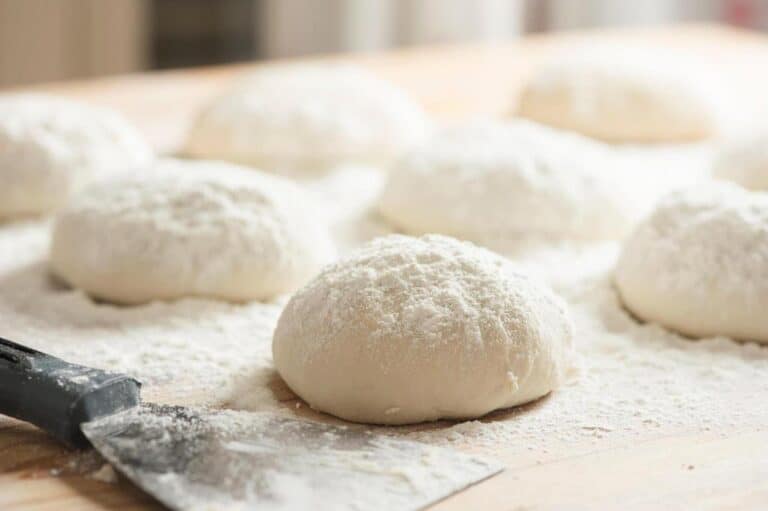What Happens if You Eat an Expired Kit-Kat?

When you open your snack drawer, have you ever found an old Kit-Kat hiding in the back? It can be hard to decide whether to savor that chocolatey goodness that has passed its expiration date or play it safe. Is it potentially harmful to eat a Kit-Kat that has passed its expiration date, or will it be a terrible meal?
Imagine how excited you are as you open the familiar red-and-white box and see the date it expires staring back at you. Is it worth the chance of getting an upset stomach for that satisfying crunch and smooth chocolate coating?
Come with us as we look into the science behind expiration dates and how they affect foods like Kit-Kats. We will also talk about whether eating an expired Kit-Kat will make you feel bad or just make you more excited to snack. We look into the interesting world of chocolates that have passed their expiration dates and find out what really happens when you eat that long-lost treat.
What Happens if You Eat an Expired Kit-Kat?
If you eat expired kit-kat, it is more likely that nothing unusual happens, especially if the kit-kat has been kept unopened and stored under proper conditions. Most of the food items can be safely consumed after their expiration date when no signs of spoilage are noticeable.
Kit-kat, as well as other chocolates, is a shelf stable product and can be stored without the need for refrigeration for several months. However, as with any other cocoa product, kit-kat does not have an indefinite shelf life and can spoil.
How do I know if Kit-Kat is Spoiled?
To know if kit-kat is spoiled, you should be able to identify the possible signs of spoilage.
These are related to chemical changes of the chocolate ingredients over time, which include cocoa fat recrystallization and sugar migration due to partial solubilization, especially due to temperature fluctuations. Some signs indicating that kit-kat has gone bad are.
Change in the color: a grayish appearance or gray-white spots on the chocolate surface or center indicate the recrystallization of the cocoa fat, which is called fat bloom, leading to an altered flavor and texture.
Changes in the color can also be a result of sugar solubilization and migration inside the chocolate, which lead to discoloration, a white color, and quality loss.
Generation of off-flavors and off-odors resembling “cardboard flavor” or rancidity are related to lipid oxidation, resulting from the action of oxygen and other factors
Mold growth is possible, especially at high moisture storage conditions, and is noticeable by the formation of hyphae or mold spores on the surface.
What Are the Risks of Eating Spoiled Kit-Kat?
The risks of eating spoiled kit-kat are that it may cause a foodborne disease. Although not common, many foodborne illnesses and food outbreaks were reported in the past related to the consumption of spoiled chocolate and cocoa products.
Poor storage conditions and poor handling can lead to food infections and, according to studies, chocolate products can be spoiled by contaminated cocoa or contaminated sugar, which can contain fungal spores or mycotoxins.
Furthermore, the contamination of chocolate by Salmonella, Enterobacteriaceae, and yeasts has been reported.
The ingestion of contaminated chocolate can lead to foodborne diseases and cause symptoms such as diarrhea, vomiting, stomach cramps, and flu-like symptoms, including fever.
What Is the Shelf Life of a Kit-Kat?
The shelf life of kit-kat is, according to the manufacturer’s website, about 300 days, when stored in a cool, dry place and kept away from heat.
This means the shelf life is about 10 months at room temperature. However, according to the United States Department of Agriculture, chocolate can last 1 to 2 years when kept unopened and properly stored.
How to Store a Kit-Kat to Prevent Spoilage?
Keep the chocolate away from moisture, high temperatures, temperature fluctuations, or unwanted odors. The temperature fluctuations and humidity will crystallize the sugar, resulting in a sugar bloom. It ruins the silky texture of the chocolate.
While not necessary, you can refrigerate Kit-Kats to extend their shelf life. Place them in an airtight container to prevent the absorption of odors from other foods in the fridge.
Freezing Kit-Kats is not recommended, as it can cause the chocolate to become brittle and lose its flavor. Store them in the refrigerator instead.
Can You Freeze Kit-Kat?
Freezing Kit-Kats is technically possible, but it’s generally not recommended. Here’s why:
- Quality Reduction: Freezing chocolate, including Kit-Kats, can cause a change in texture and taste. The drastic temperature fluctuation can accelerate the staling process, leading to a loss of quality.
- Potential Texture Changes: When chocolate is frozen and then thawed, it can develop a gritty or crumbly texture, which may not be pleasant to eat.
- Risk of Moisture Absorption: Chocolate can absorb moisture from the air when it’s frozen and thawed, potentially causing it to become sticky or lose its snap.
- Storage Considerations: If you do decide to freeze Kit-Kats, it’s important to store them in an airtight container to minimize moisture absorption and prevent them from picking up odors from other foods in the freezer.
Overall, while freezing Kit-Kats is possible, it’s best to enjoy them fresh to preserve their quality and taste.






